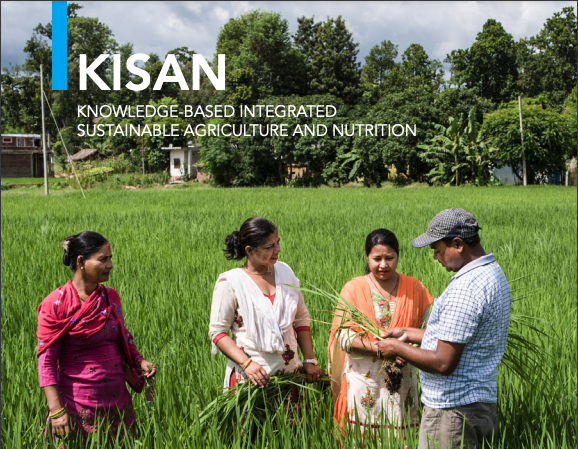Resources

Melon Value Chains for Rural Development in Burma
VCRD’s strategy in the melon value chain focuses on building efficiencies and relationships to strengthen market channels and increase incomes for melon farmers in the Central Dry Zone (CDZ). This means improving practices to increase sustainability and meet Good Agricultural Practices (GAP) criteria, reducing excessive use of pesticides, ensuring appropriate fertilizer applications and establishing sound […]
Ginger Value Chains for Rural Development in Burma
VCRD collaborates with community and private sector partners (farmers, processors, buyers) to build an inclusive, market-oriented ginger value chain in Myanmar that meets both quantity and quality requirements of domestic and international customers. Goals include shifting smallholders from production of low-grade product to value-added, chemical residuefree ginger; increasing farmers’ abilities to produce higher-quality ginger with […]
Coffee Value Chains for Rural Development in Burma
VCRD and its partner, the Coffee Quality Institute (CQI), empower smallholders, community-based organizations and enterprises including Shwe Taung Thu, Behind The Leaf Coffee, Amayar Women’s Coffee Producer Group, Indigo Mountain Coffee (IMC), Myanmar Coffee Association (MCA) and lead firms like Mandalay Coffee Group (MCG) to shift the way Myanmar’s specialty coffee is produced, processed and […]
Soybean Value Chains for Rural Development in Burma
VCRD’s strategy in the soy value chain is to facilitate inclusive, market-systems led growth of an industry that meets the quantity and quality requirements of the domestic food-based end-market for soybeans. The project engages with the soy food processing sector, collaborating with major processors in Yangon and Mandalay to upgrade capacity, technology and food safety […]
Land and Natural Resource Governance and Tenure for Enabling Sustainable Cocoa Cultivation in Ghana: Tenure and Global Climate Change (TCC) Program
This report is made possible by the generous support of the American people through the United States Agency for International Development (USAID). The contents of this report are the sole responsibility of its authors and do not necessarily reflect the views of USAID or the United States government.
Countering Trafficking in Persons (TIP)
Winrock counters the global scourge and crime of Trafficking in Persons (TIP) by undercutting the systems and people responsible for it, and providing hope and practical solutions to those affected by it.
Training Manual Volumes: PTA School Management Committees & Board of Governors
Objectives of the Training Manual • Enhance Parent Teacher Association (PTA) capacities to effectively perform their roles and responsibilities. • Equip the PTA with knowledge and skills to differentiate between roles and the responsibilities of the PTA and the School Management Committee (SMC) and Board of Governor (BOG). • Increase the knowledge and understanding of […]
Bangladesh Counter Trafficking-in-Persons Booklet
Labor migration offers many benefits for citizens, families and communities of Bangladesh. Sadly, sometimes unscrupulous people and criminal networks abuse these good citizens, preying on their hopes and dreams. The good news is that there are ways to find protection an migrate safely. Look inside to learn more about how the citizens, communities, and Government […]
Faces of the value chain
When Kumar Thapa was a young boy growing up in the green, rolling hills of mid-western Nepal, he knew exactly how he wanted to occupy his days. “I wanted to study,” says Thapa, now 24, as he sits amidst rows of ripening tomato and chili plants that cover the hillside plot of land where he […]
